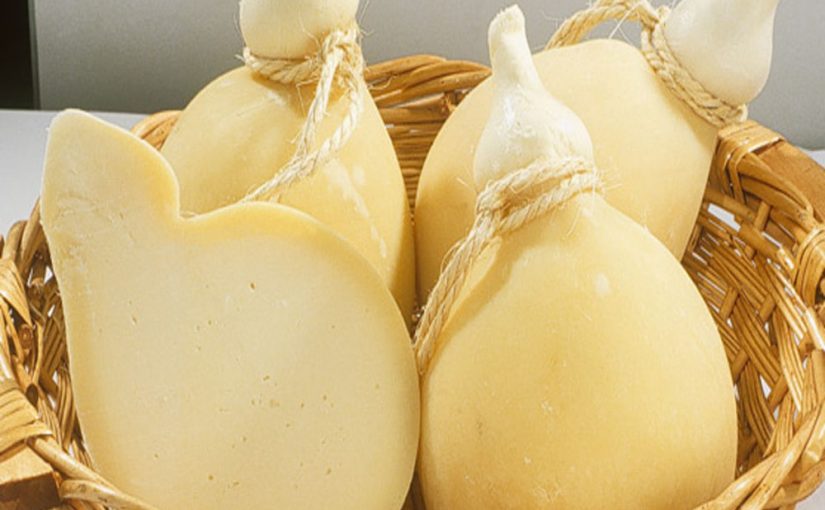6.3.2018
SHAPE:
This kind of Salami, named Stuffed Provolone with Capocollo is a variant of Spicy Capocollo, which is one of more commercial Calabrian product, and got an elongated shape. Weight: 1-3 Kg Color: ivory-white. Externally a cheese, stuffed with Capocollo.
INGREDIENTS:
- Cow’s milk curd
- Capocollo
- Salt
PRODUCTIVE PROCESS:
Threaded pasta processing. Garnishing. Cooling in cold water. Salting in salamoia. Maturation.
MINIMUM HOLDING TIME (TMC)
- Under Empty: 120 dd
- Recommended storage conditions, Temperature: +3/+6°C
- Transport temperature +5/+7°C
- Shelf life 120 dd
NUTRITIONAL INFORMATION OF EXTERNAL CHEESE (PROVOLONE):
- Proteins: 16.7%
- Carbohydrates: 2%
- Fat: 18,1%
- Water 61.7%
- Energy value: 223 Kcal or 933 Kjoule.
NUTRITIONAL INFORMATION OF INTERNAL CAPOCOLLO:
- Proteins: 33.46%
- Carbohydrates: 2.05%, of which Sugars 0.25%.
- Fat: 20.83%, of which Saturated 7.5%
- Salt 4.86%
- Energy value: 330 Kcal or 1375 Kjoule.
ALLERGEN LIST OF CAPOCOLLO (usually absent):
-Cereals containing gluten (wheat, rye, oats barley, spelled, kamut or their hybridized strains)
-Crustaceans or crustaceans
-Eggs and egg products
-Fish and fish products
-Peanuts and peanut products
-Soya and soy products
-Milk and milk products
-Nuts
-Molluscs and mollusc products
-Lupine and lupine based products


